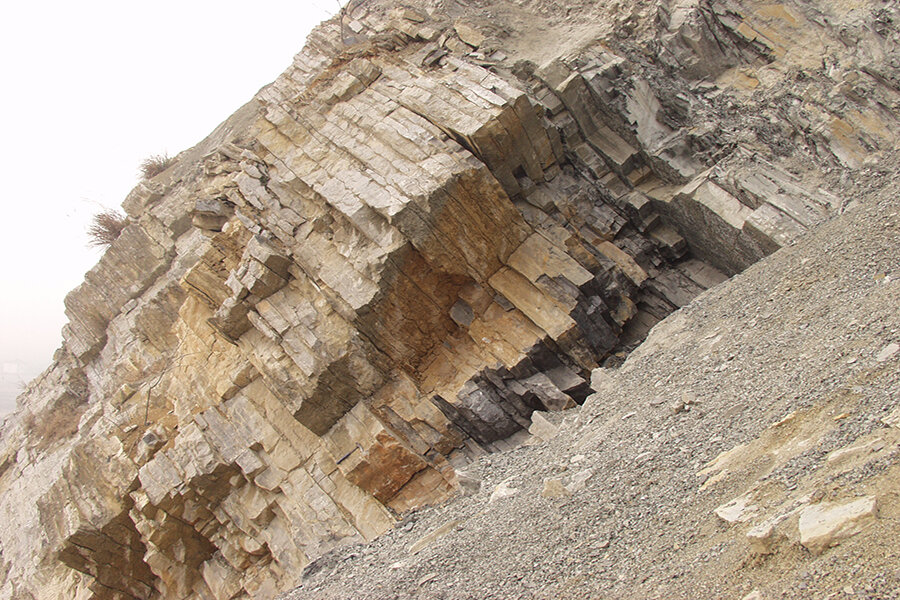Earth's biggest murder mystery: Methane-spewing microbe named prime suspect
Loading...
Scientists might have just solved one of the world's oldest murder mysteries, an "ancient whodunit" perpetrated some 250 million years ago.
By examining evidence collected from the crime scene – basically the entire planet – scientists concluded that the mass extinction that occurred toward the end of the Permian period, in which more than 90 percent of all species were wiped out, was caused by methane-belching microbes.
Many researchers had earlier suggested that volcanic eruptions in Siberia had released large amounts of carbon dioxide and other gases in the Earth's atmosphere. An increase in the carbon dioxide levels, they hypothesized, disrupted the atmospheric carbon cycle and caused the mass extinction.
But that hypothesis didn't add up. “A rapid initial injection of carbon dioxide from a volcano would be followed by a gradual decrease,” Gregory Fournier of Massachusetts Institute of Technology and second author of the paper said in a press release. “Instead, we see the opposite: a rapid, continuing increase.”
Then what caused "the Great Dying," as the Permian-Triassic extinction event is known?
To find the culprit, researchers began by looking at geochemical evidence and examining carbon isotopes that suggested an increase in organic carbon concentrations within the oceans.
Anoxic conditions in the sea at that time caused an increase in organic matter. But researchers say they do not know how those anoxic conditions came about. Hence, over a period of time a lot of organic carbon was being deposited into the oceans.
And it was during this period that Methanosarcina – a genus of microorganisms that produce methane – suddenly bloomed within the oceans in large numbers, radically altering the climate and the ocean cycles.
After analyzing genomes of "descendants and ancestors of Methanosarcina" MIT geophysics professor Daniel Rothman and his team noted that it was during the mass extinction that these microbes acquired "new microbial metabolic pathway."
Dr. Rothman's team proposes that this pathway resulted in runaway methane production, which might have caused the extinction, according to the findings of the paper titled "Methanogenic burst in the end-Permian carbon cycle" published in the Proceedings of the National Academy of Science.
Moreover, volcanic eruptions that spewed large amounts of nickel helped these microbes to release methane at a faster rate, says Dr. Fournier.
For Methanosarcina, nickel is the "limiting nutrient," says Dr. Rothman. More nickel means more activity for the microbes. Sediment deposits suggest that concentration of nickel did increase during that time when mass extinction occurred.
"Finally, we show that nickel concentrations in South China sediments increased sharply at the extinction, probably as a consequence of massive Siberian volcanism, enabling a methanogenic expansion by removal of nickel limitation. Collectively, these results are consistent with the instigation of Earth’s greatest mass extinction by a specific microbial innovation," researchers note in their paper.
“The cumulative impact of all these things is much more powerful than any one individually," Rothman says. The volcanic eruptions acted more as catalyst for the process than singlehandedly causing the extinction, he says.








